Apr 23
20191
Foundations, Social Engineering
350.org Bill Gates Children’s Investment Fund Foundation Climate Action Network Energy Friends of the Earth Gordon and Betty Moore Hewlett Michael Bloomberg Oak One Planet Summit Packard Richard Branson Rockefeller Sea Change World Resources Institute
Do Philanthropists Actually Love the Planet?
Books & Ideas | La Vie des Idées
December 11, 2018
by
“Philanthropic foundations are now publicly acknowledged and celebrated as essential actors in the climate struggle. But for what results? As Edouard Morena shows, these foundations actually perpetuate the dominant economic order—an order that many hold accountable for the deepening climate crisis.”
Dossier: Who Will Save the Planet? Capitalism, climate change and philanthropy – A collaboration between the US magazine Public Books and La Vie des idées/Books&Ideas.
Beyond the calls for urgent action and pledges to commit more resources to the fight against climate change, a noteworthy feature of the first One Planet Summit, held in Paris on December 12, 2017, was the importance given to philanthropists and philanthropic foundations. Far from simply occupying a secondary or supporting role there, foundations were publicly acknowledged and celebrated as essential actors in the climate struggle alongside governments (especially cities and local governments), businesses, investors, and civil society organizations. Bloomberg Philanthropies funded and orchestrated the event.
On the morning of the summit, President Macron hosted a meeting at the Élysée Palace with a group of leading philanthropists, including Michael Bloomberg, Bill Gates, and Richard Branson, where he insisted on philanthropy’s unique role as catalyst of climate action. He also called upon the group
“to convene a task force to target and expand philanthropy’s role in the accelerated delivery of the ambitious goals of the Paris Agreement, including through the development of partnerships with governments and public finance agencies.”
The group of 15 or so individuals that attended the Élysée meeting were representative of a small group of well-endowed private foundations that dominate the climate philanthropy landscape. [1] In 2012, according to one report, the combined spending of the Oak, Hewlett, Packard, Sea Change, Rockefeller, and Energy foundations made up approximately 70 percent of the estimated 350 to 450 million philanthropic dollars allocated annually to climate mitigation. These “big players” share common characteristics. In line with the liberal tradition, they view themselves as neutral agents acting in the general interest and present climate change as a “solvable problem” requiring pragmatic, nonideological, bipartisan, and scientifically grounded solutions.
Yet upon closer scrutiny, their funding priorities and approaches to philanthropy reflect a distinctive and ideologically charged worldview, one premised on a belief that the market knows best and that individual self-interest is the best rationale for saving the climate. For most of these large climate funders, environmental protection and a liberal economic order are not only compatible but mutually reinforcing. Behind their altruistic, pragmatist veneer lies a genuine desire to solve the climate crisis while simultaneously perpetuating the dominant economic order, an order that many observers hold responsible for the deepening climate crisis.
Continuity and Change
Philanthropy has a long history of involvement in the climate debate. In the 1980s, established liberal foundations such as the Rockefeller, Ford, and Alton Jones foundations and the Rockefeller Brothers Fund funded scientific research on “global environmental change” and helped to establish the global processes and multilateral institutions that continue to underpin the international climate regime: the Intergovernmental Panel on Climate Change and the United Nations Framework Convention on Climate Change (UNFCCC). Guided by the belief that, given the right multilateral institutions, along with adequate resources and information, a global and mutually beneficial solution could be reached, they supported the formation of a “global civil society” space through funding to NGOs and think tanks (e.g., World Resources Institute, Climate Action Network), support for research and communications, and the convening of international symposiums.
Over the course of the late 1990s and early 2000s, various contextual factors led some of the leading climate funders to abandon the climate debate, others to reassess and adapt their strategies of engagement. These factors included the US federal government’s reluctance to commit to ambitious mitigation targets, conservative-backed climate denialism’s effective scaremongering tactics and attacks against climate science, and growing reservations about the UNFCCC’s ability to actually deliver an ambitious and legally binding agreement in the post-Kyoto context.
This period also coincided with the arrival of a new brand of philanthropists and foundations that would go on to reshape the climate funding landscape. While retaining core liberal principles and values, they promoted a distinctive theory of change when it comes to philanthropic giving in the climate field.
A number of these newcomers were products of the technology and financial boom of the period. This was the case of the Schmidt Family Foundation, launched in 2006 by the CEO of Google, and the Gordon and Betty Moore foundation, launched in 2000 by the cofounder of Intel. Other newcomers include the Sea Change Foundation and the Children’s Investment Fund Foundation, both of whose founders made their fortunes in finance. For these new foundations, a number of which were based in the San Francisco Bay Area, philanthropic engagement in the climate debate represented a means of distinguishing and legitimizing themselves in the public sphere and within US elite liberal circles. These circles were traditionally dominated by East Coast elites whose fortunes originated in the industrial boom of the early 20th century and whose names were often associated with older, well-established liberal foundations like Ford and Rockefeller.
This new brand of “philanthrocapitalists” or “venture philanthropists” mobilize “their business acumen, ambition, and ‘strategic’ mindset” to solve the climate challenge. [2] foundations also set up the International Policies and Politics Initiative, in 2013, to “highlight opportunities for philanthropic collaboration, joint strategy development, resource pooling, and grant-making alignments in the arena of international policies and politics of climate change” [3] and create the conditions for a global climate agreement in Paris.
Through their joint efforts, the most active climate funders sought to create an environment conducive to a societal shift toward a low-carbon economy. From the outset, investors and businesses—and not states—were viewed as the key stakeholders in this process.
Priority was given to policies, initiatives, and projects that sent positive signals to the markets and created incentives for financial and business actors to invest in the green economy. Efforts were also deployed in the field of research and development, to support the large-scale deployment of new, clean technologies and industrial processes. A few months ago, major climate funders such as the Hewlett and MacArthur foundations have decided, for instance, to support research on and the deployment of controversial carbon capture and storage technologies.
A Veneer of Respectability
Despite their comparatively limited resources—climate philanthropy represents less than 0.1 percent of total climate finance—foundations’ combined efforts over the past 30 years have had a significant impact on the international climate debate. As I have argued elsewhere [4] they played an active and influential role in the lead-up to the Paris COP.
As the ECF wrote shortly after the Paris Conference, “although we should be careful not to overstate our role, it is important to recognize that the climate philanthropy community’s activities prior to and at the COP helped to lay the basis for the outcome.” [5] As the 2017 One Planet Summit illustrates, world leaders and other key players in the international climate debate also recognize the central importance of philanthropic foundations.
Has their influential role contributed to curbing climate change? According to the UN, the years from 2015 to 2018 have been the four hottest on record. While climate philanthropy cannot be blamed for rising temperatures, its efforts to curb climate change must be critically scrutinized. We must hold it accountable for its role in developing and promoting the voluntary, market-based, and bottom-up approach that presently dominates the international climate agenda and that has clearly not delivered the required results. As Marc Gunther wrote in a recent op-ed, “if philanthropy is to be judged by its outcomes—and how else should it be judged?—climate philanthropy has failed.”
How then can we explain the fact that, isolated voices such as Gunther’s notwithstanding, relatively few people have raised questions about climate philanthropy’s role and responsibility in the ongoing—and deepening—climate crisis? I believe that three main reasons can be advanced to explain this.
The first reason relates to the fact that many prominent climate NGOs and networks—Climate Action Network, Friends of the Earth, 350.org—partially or entirely rely on philanthropic money to function. The limited available resources, especially for organizations active at the international level, and particular nature of the climate philanthropy landscape—dominated by a handful of well-endowed and closely aligned foundations—means that climate funders have a strong influence on the civil society space.
In Europe, for instance, the ECF—which channels and redistributes funds from a number of prominent climate funders—acts as an unavoidable access point for anyone wishing to seriously engage in the climate debate. From a prospective grantee perspective, “the ability to shop at one source—rather than making the same pitch three or more times,” as Mark Dowie observed about the US-based Energy Foundation, can be advantageous. [6]However, by channeling a large proportion of available climate funds, there is also a risk of concentrating power in a single organization and, hence, toward a single approach—to the detriment of groups that offer alternative visions or wish to pursue alternative strategies. The ECF and other large climate funders become de facto reference points and, given their domineering position, difficult ones to openly challenge.
The second reason relates to businesses’ and governments’—especially in high-emitting countries—reluctance to take decisive action on climate change. With the blessing of many governments and international organizations, foundations increasingly appear the only ones capable of breaking the “climate deadlock.” From a criticizable weakness, their lack of accountability and legitimacy becomes a unique and commendable asset.
This idea is promoted by funders themselves. As George Polk, the former chairman of the executive committee of ECF, points out,
“One advantage foundations have in the policy arena is being shielded both from the political cycles that interrupt policy continuity and coherence and from the market barriers that get in the way of readily available solutions like energy efficiency upgrades in buildings. This means that foundations can often build bridges over tricky waters that governments and firms hesitate to cross.”
The third reason relates to liberal foundations’ broader function in US and global politics. As Inderjeet Parmar has convincingly argued in Foundations of the American Century, liberal foundations have traditionally played an influential role in transforming America from an “isolationist” nation into a global superpower, and in promoting and anchoring liberal ideals both domestically and internationally. [7] The Trump administration’s withdrawal from the Paris Agreement, by undermining the Party-led UNFCCCprocess, has further strengthened their position in this regard and, by extension, within the climate debate. Trump’s isolationist stance has prompted liberal philanthropists and foundations, as the Bloomberg example illustrates, to step up their efforts in a climate debate that historically forms a symbolic battleground in the war opposing liberals and conservatives.
Climate funders act not only as defenders of the climate but also as guardians of the liberal order, a US-inspired liberal order that is currently being challenged by Trump and other hard-line conservatives across the globe.
Our House Is Burning
It is in this increasingly unstable US and global political context, and in the face of a worsening climate crisis, that philanthropic foundations are increasingly looked to and celebrated as “climate champions.” As we have shown, the consensus surrounding climate philanthropy masks a longstanding, active, and ideologically motivated involvement in the climate debate. Such a consensus also downplays foundations’ errors and responsibilities. To paraphrase former French president Jacques Chirac in 2002, our house is indeed burning down, only now we stare, uncritically, at philanthropists.
Who Will Save the Planet?
Further reading
Mark Dowie, American Foundations : An Investigative History, MITPress, 2001
Marc Abélès, Les Nouveaux Riches : Un Ethnologue dans la Sylicon Valley, Odile Jacob, 2002
List of Philanthropic Foundations
The Children’s Investment Fund Foundation
ClimateWorks
The Energy Foundation
The Ford Foundation
The William & Flora Hewlett Foundation
The W. Alton Jones Foundation
The David & Lucile Packard Foundation
The Gordon & Betty Moore Foundation
The Oak Foundation
Rockfeller Brothers Fund
The Rockfeller Foundation
The Schmidt Family Foundation
The Sea Change Foundation
[Edouard Morena is Lecturer in French politics and history at the University of London Institute in Paris (ULIP). Over the past six years, he has been researching non-state actors’ involvement in international environmental and development processes – and in particular the role of philanthropic foundations. He is the author of The Price of Climate Action: Philanthropic Foundations in the International Climate Debate (Palgrave, 2016) and co-editor (with Stefan Aykut and Jean Foyer) of Globalising the Climate: COP21 and the Climatization of Global Debates (Routledge, 2017).]










































































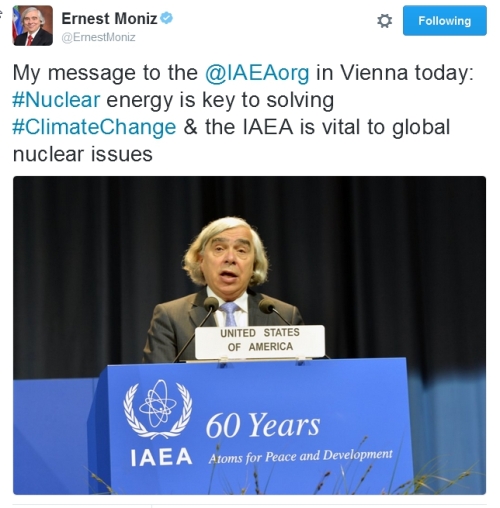


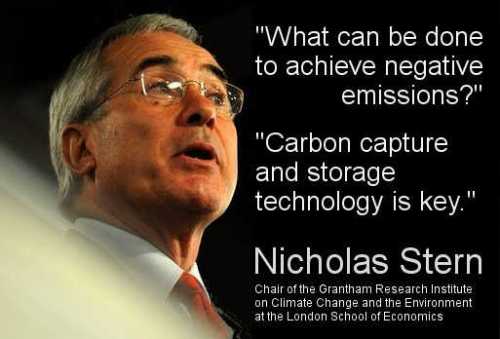
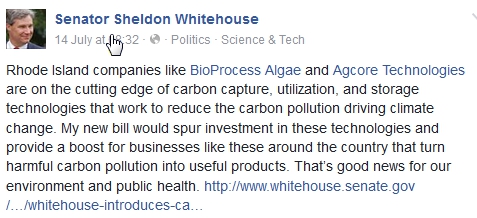




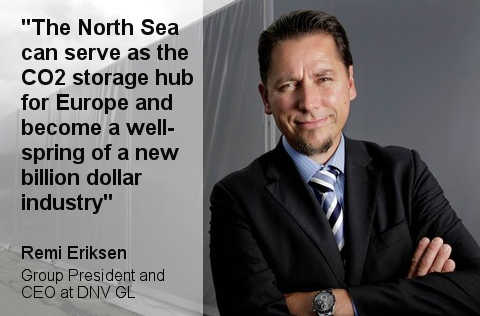
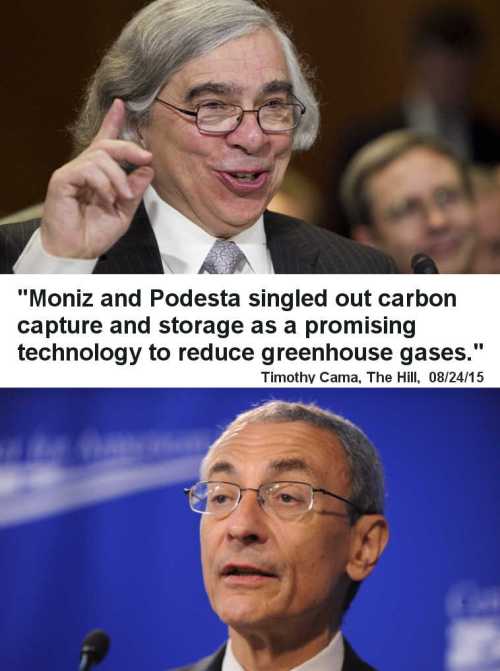

![IMG_0745.JPG [Related Image]](https://i0.wp.com/newint.org/blog/guests/2015/12/01/img_0745.jpg)








